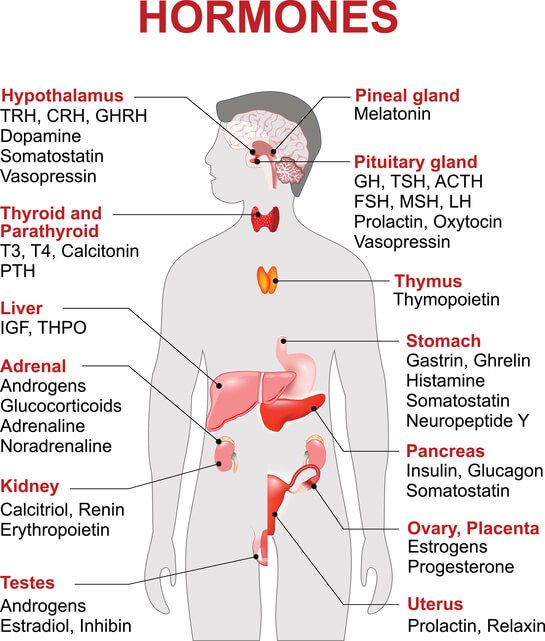When it comes to women’s fitness, hormones play a crucial role in how our bodies respond to exercise and nutrition. Hormones are chemical messengers that regulate various bodily functions, including metabolism, muscle growth, and fat storage. Understanding how hormones impact our fitness goals can help us optimize our workout routines and achieve better results.
Estrogen and Its Effects on Women’s Fitness
One of the key hormones in women’s fitness is estrogen. Estrogen is responsible for regulating the menstrual cycle and plays a role in bone health and fat distribution. Studies have shown that estrogen levels can also affect muscle strength and endurance, with higher levels of estrogen being associated with better performance in endurance activities.
Progesterone and Its Impact on Women’s Fitness
Another important hormone for women’s fitness is progesterone. Progesterone is involved in the regulation of the menstrual cycle and has been shown to have an impact on muscle recovery and repair. Research suggests that fluctuations in progesterone levels throughout the menstrual cycle can affect energy levels and exercise performance.
Cortisol: The Stress Hormone
Cortisol is often referred to as the “stress hormone” because its levels tend to rise in response to stress and exercise. While cortisol is necessary for regulating energy levels and inflammation, chronic elevation of cortisol levels can have negative effects on muscle growth and recovery. It’s important for women to manage stress levels and incorporate relaxation techniques into their fitness routine to keep cortisol levels in check.
Insulin and Blood Sugar Control
Insulin is a hormone that regulates blood sugar levels and plays a crucial role in energy metabolism. Proper insulin sensitivity is essential for maintaining stable energy levels during workouts and ensuring efficient nutrient uptake by muscles. Women who struggle with insulin resistance may find it challenging to build muscle and lose fat, making it important to focus on balancing blood sugar levels through diet and exercise.
Testosterone: Not Just for Men
While testosterone is often associated with men, women also produce small amounts of this hormone in their bodies. Testosterone is important for muscle growth, strength, and fat loss, and women with higher testosterone levels may experience greater gains in muscle mass and performance. However, imbalances in testosterone levels can lead to unwanted side effects, such as decreased libido and changes in body composition.
Strategies for Optimizing Hormonal Balance
To optimize hormonal balance for better fitness results, women can incorporate the following strategies into their routine:
Focus on nutrient-dense foods that support hormonal health, such as lean proteins, healthy fats, and complex carbohydrates.
Engage in regular strength training exercises to build muscle and improve hormone sensitivity.
Practice stress-reducing techniques, such as yoga, meditation, or deep breathing exercises.
Get plenty of rest and prioritize sleep to support hormone production and recovery.
Consult with a healthcare provider or nutritionist to address any hormonal imbalances that may be impacting fitness goals.
Conclusion
Understanding the role of hormones in women’s fitness is essential for achieving optimal results in our workout routines. By paying attention to hormone levels and implementing strategies to balance them, women can enhance their performance, build muscle, and improve overall health and well-being. With a focus on proper nutrition, regular exercise, and stress management, women can harness the power of hormones to reach their fitness goals and live their best lives.
